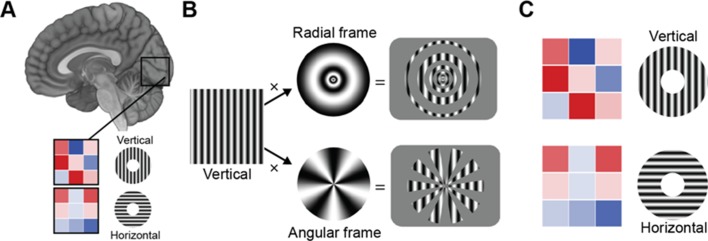Figure 1. How can we discern orientation selectivity from fMRI measurements?
(A) Differently oriented gratings (here vertical and horizontal) elicit different activity patterns in the primary visual cortex (illustrated by the 3x3 voxel matrix, where the color of each voxel is proportional to its activity (red is very active, blue is inactive). Multivariate pattern analysis techniques are used to decode the orientation of the grating from the voxel pattern. Roth et al. argue that variations in activity patterns are caused not by differences in the orientation of the stimuli per se, but are instead caused by ‘vignetting’ – a term they use to describe the interaction between the orientation of the and a change in light intensity that occurs for instance at the frame within which the stimulus is presented. (B) Applying different frames to the same vertical stimulus (left) (e.g., a radial frame (top), or an angular frame (bottom)) modulates the fMRI activity pattern in a way that is predicted by their computational model. (C) The same oriented grating can give rise to an opposite activity pattern, depending on whether it is projected through a radial frame (top) or angular frame (bottom).

